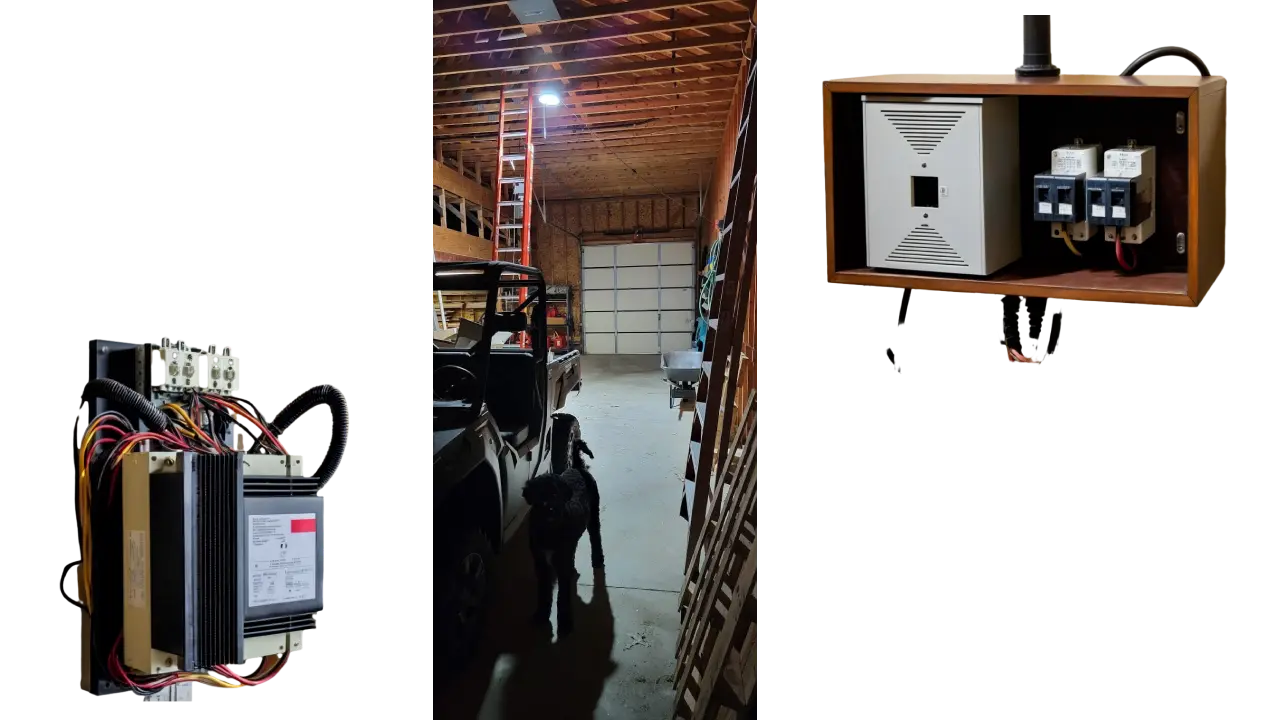Current Transformer vs Potential Transformer: Keeping the lights on and AC flowing in a hotel takes some electrical magic behind the scenes. Current and potential transformers are critical ingredients in that spell! These devices tame hazardous voltages into safe, measurable values to keep your hotel’s electrical system humming.
Current transformers are like brawny weightlifters, stepping down massive currents to levels that equipment can handle. Potential transformers are more like scientists, reducing crazy high voltages to standardized measurements for meters and relays.
Current Transformer vs Potential Transformer: What’s the Difference?
| Feature | Current Transformer | Potential Transformer |
|---|---|---|
| Function 💡 | Reduces high current to a lower, safer level for measurement 🔋 | Reduces high voltage to a standard lower voltage for measurement ⚡️ |
| Types 📋 | Wound 🧵, closed core 🔒 | Electromagnetic 🧲, capacitor voltage 🔌 |
| Connection 🔗 | Primary winding connected in series with line 🤝 | Primary winding connected in parallel with line 👥 |
| Transformation Ratio ⚖️ | High 📈 | Low 📉 |
| Primary Winding 🕳 | Fewer turns 🔃, carries current ⚡️ | More turns 🔄, carries voltage ⚡️ |
| Secondary Winding 🕳 | More turns 🔁, connected to ammeter 📶 | Fewer turns 🔂, connected to voltmeter 📡 |
| Core 🍎 | Silicon steel lamination ⚙️ | High quality steel ⚒️ |
| Primary Current 🔋 | Independent of secondary 👤 | Dependent on secondary 👥 |
| Use 💡 | Measure high currents with normal ammeter 🔋📶 | Measure high voltages with normal voltmeter ⚡️📡 |
| Secondary Side 🕳 | Cannot be open circuited ❌ | Can be open circuited ✅ |
| Input 🔌 | Constant current 🔋 | Constant voltage ⚡️ |
| Secondary Range 🎯 | 1A or 5A 🔋 | 100-120V ⚡️ |
| Burden 🚚 | Independent 👤 | Dependent 👥 |
| Applications 💡 | Current/power measurement 🔋, monitoring 👀, protection 🛡️ | Voltage measurement ⚡️, protection 🛡️ |
In one project at a commercial building, we were having issues with regular breaker tripping due to overloaded circuits. By installing current transformers on the feeder lines and trending the current draws, we identified the problem area and resized the breakers appropriately. The CTs proved invaluable for preventive monitoring.
At a hospital facility, we leveraged potential transformers to step down medium voltage service lines to levels our power meters could handle. This gave us precision data on voltage quality and helped detect anomalies that could impact sensitive medical equipment. The PTs paid for themselves by preventing a single medical device outage.
I always emphasize proper transformer selection and maintenance with clients. Once, an industrial client had undersized CTs which led to insulation breakdown and failures during motor startup surges. Replacing them with adequately rated transformers solved the issue.

Over the years, I’ve seen firsthand how something as simple as a well-placed transformer can make electrical systems safer and more efficient. CTs and PTs might not be exciting, but they’re two of the most essential pieces of the power puzzle.
How Current Transformers Tame the Current
Current transformers work by using the magnetic field created by current in a conductor. Their job is to take unfathomably high current and reduce it down to values that instruments can handle.
Inside a CT there are two sets of wire windings – the primary winding that carries the high current, and a secondary winding that outputs a proportional lower current. The primary current produces a magnetic field picked up by the secondary, inducing a scaled-down current that maintains the same proportional relationship.
So for example, a 5000 amp primary current may induce a 5 amp secondary current that meters can safely read. This allows using conventional ammeters instead of expensive specialty meters.
CTs are mainly used to:
- Reduce large currents to smaller, standardized values (usually 1A or 5A) for measurement purposes
- Provide current signals for control and protective devices like relays
- Isolate measuring instruments from high voltages in the primary circuit
To handle the demands of constant current input, current transformers have:
- A high transformation ratio to radically reduce current
- Lower number of turns in the primary winding
- More secondary winding turns to maintain proportional current
- Robust steel cores to accommodate high magnetization
Proper selection of CTs depends on factors like primary current, accuracy class, and output burden. Overloading CTs can cause overheating damage.
How Potential Transformers Step Down Voltage
Potential transformers work similarly to CTs, but their focus is taming extremely high voltages. Their job is to take hazardous primary voltages – sometimes 100 times higher than household voltage – and step it down to safer levels around 120V or less.
Just like with CTs, there is a primary winding that carries the high voltage, and a secondary winding that outputs a reduced voltage. The voltage in the primary creates a proportional magnetic field picked up by the secondary. This allows using standard volt meters and equipment instead of expensive high voltage versions.
PTs are utilized to:
- Lower voltages to levels that protective relays and instruments can handle
- Isolate measuring devices from high primary voltages
- Enable precise measurement of voltage parameters
To provide stable voltage transformation, potential transformers have:
- A low transformation ratio
- More primary winding turns to handle high voltages
- Less secondary winding turns to output lower voltages
- High quality steel cores for consistent magnetic flux
PTs must be properly sized based on voltage levels and output load. Exceeding voltage ratings can damage insulation.
